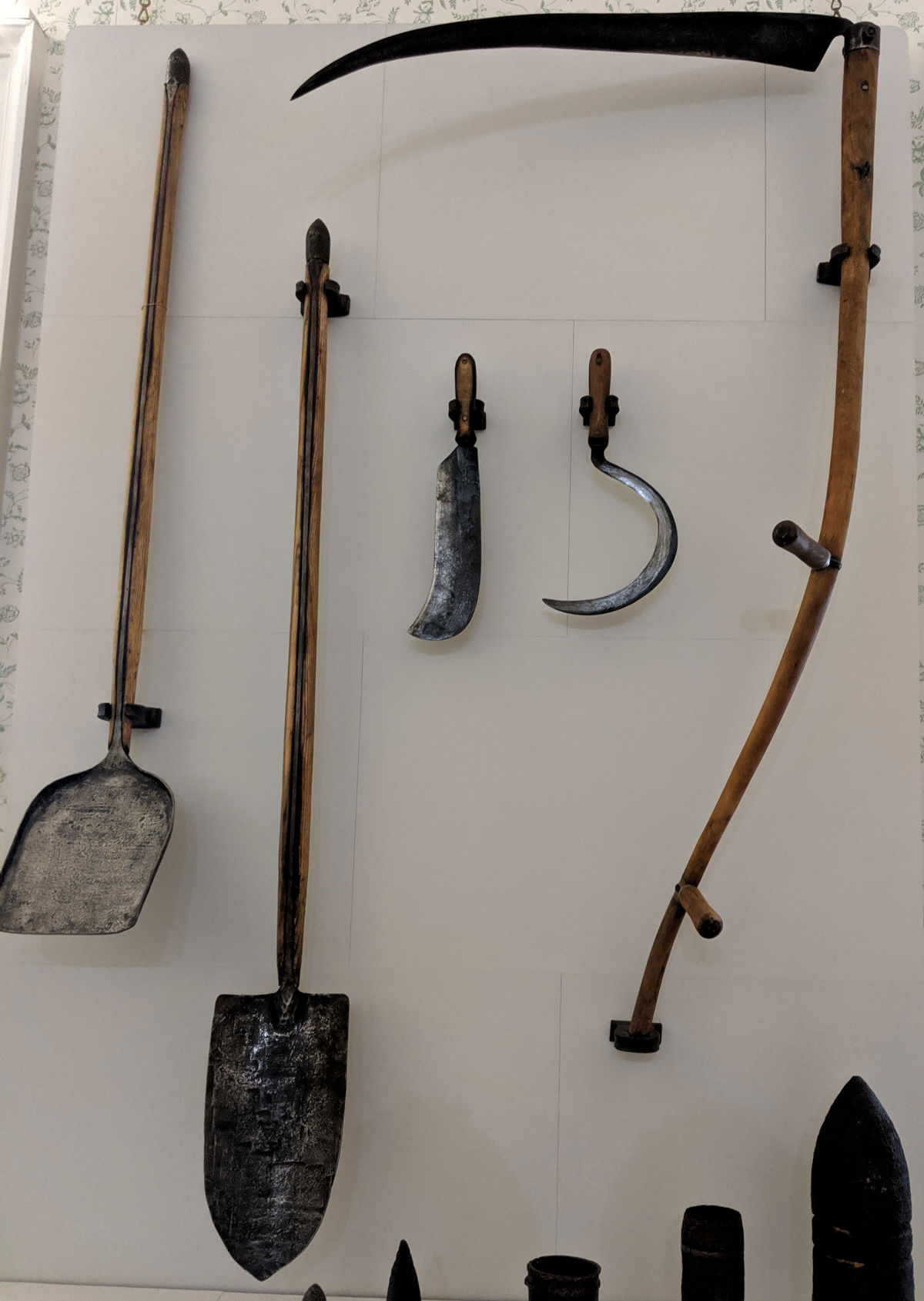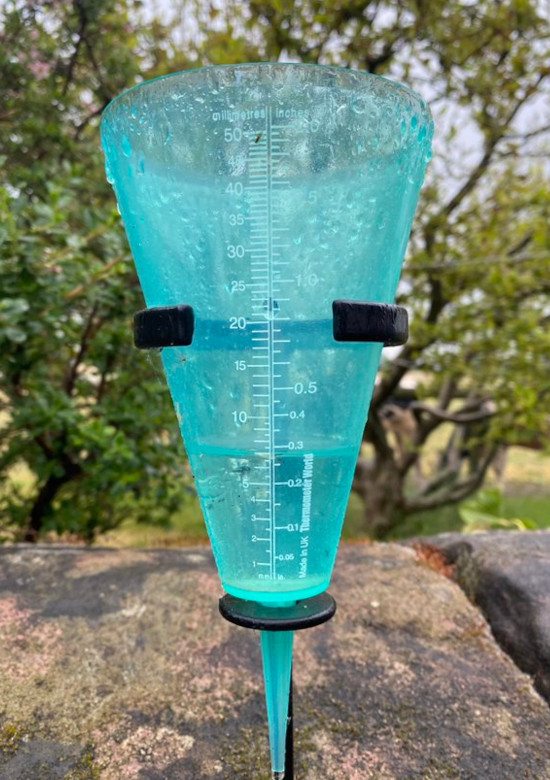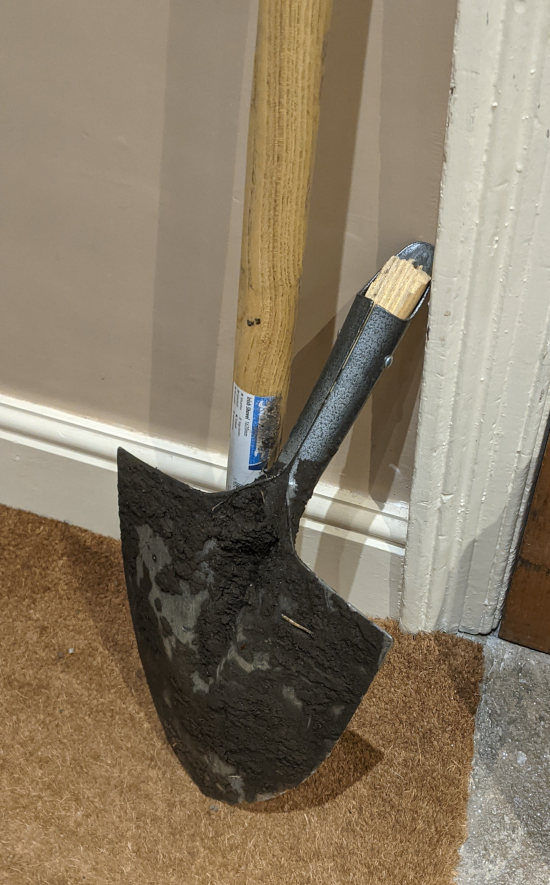Tools

Very few tools are necessary for a small backyard or allotment garden.
It is better to buy a few simple, high-grade, substantial tools that will serve you well for many years than equipment that is poorly designed or made of cheap or low grade materials that will not last.
What are the basic tools a gardener needs to grow successfully?
Gardening tools make the job easier and sharp , well maintained tools will give the best service.
Your hands are the most basic tools you need to garden and grow vegetables effectively. All other tools are just extensions of the arms and hands to make life easier.
Here are some of the most common and essential gardening tools:
Gloves: You hands need to be protected from thorns, stinging plants, Blisters, cuts and grazes and a decent pair of leather gloves should be your first purchase.
Garden spade: A quality flat head spade with a sturdy handle preferably made from a stainless steel with give decades of good service.
Garden fork: The tines should be sturdy and stainless
Wheelbarrow: I used to like the wheelbarrows with a big ball instead of wheel as they never got stuck or clogged with mud
Rake: A rake is useful for breaking down and levelling the ground before planting as well as raking up leaves.
Hoe: A hoe with a sharp edge is the best thing for weeding little and often.
Loppers and/or pruning shears: Very good for trimming, lopping and even harvesting.
Hand trowel: A hand trowel is a small, handheld tool with a pointed, scoop-shaped blade. It is used for planting, transplanting, and digging small holes for seedlings or bulbs.
Garden hose or watering can: You need enough garden hose to reach all parts of the garden with water or be happy wandering around with a watering can.
Kneeling Pad or Garden Stool: These tools provide comfort and support for your knees or back while working in the garden, reducing strain and fatigue.
Garden Twine and Plant Labels: Use garden twine to support climbing plants and secure garden structures. Plant labels help you identify and keep track of different plants in your garden.
In most instances, one needs only a good spade or spading fork, a steel bow rake, a 7-inch common hoe with socket handle fitting, a strong cord for laying off rows, and a trowel is useful in transplanting but is not essential.
Below: Here in the UK we need a rain gauge as well.

I have found if the soil is properly prepared, plants can be set more easily with the hands alone than with a trowel.
How to look after your gardening tools:
Tools should be stored in a clean, dry and secure place.
Tools kept clean do a better job and last longer. Tools will last longer and do better work if they are always kept clean and bright.
After each use they should be thoroughly cleaned and wiped with heavy oil to prevent rusting.
Hand hoes as well as those on wheeled implements should be kept sharp for doing the best work with the least effort.
Rubber garden hose should be handled with special care. It should never be pinched or kinked and should be kept neatly coiled and under cover when not actually in use.
A coil of garden hose should never be hung on a single peg or other slender support; two or three pegs should be provided, spaced far enough apart that the weight of the coil will be well distributed, preventing any pinching or breaking.
Are quality tools worth it?
Absolutely quality tools are worth it, the bad ones break at the wrong time.

You're just getting digging and the handle breaks.
